Italy is one of our favorite countries to travel in and write about, and one of the most common questions we get about it is also one of the hardest to answer: how much does a trip to Italy cost?
The short answer is anywhere from basically nothing to the GDP of a small country… but that doesn’t provide a lot of useful context, right?
The estimates we’ve put together here stem from nearly a cumulative year spent traveling in Italy over the last several years.
We usually travel as a couple but have also visited the country on multi-generational family trips and with friends.
We’ve traveled to 11 of Italy’s 20 regions, spent a month each “living” in 3 cities (Florence, Bologna, Rome), and don’t expect our travels there to slow down anytime soon.
We’ve traveled at most price points in the country, and while each trip is unique, we think this guide will give you a solid basis of how much a trip to Italy will cost for you.
Table of Contents
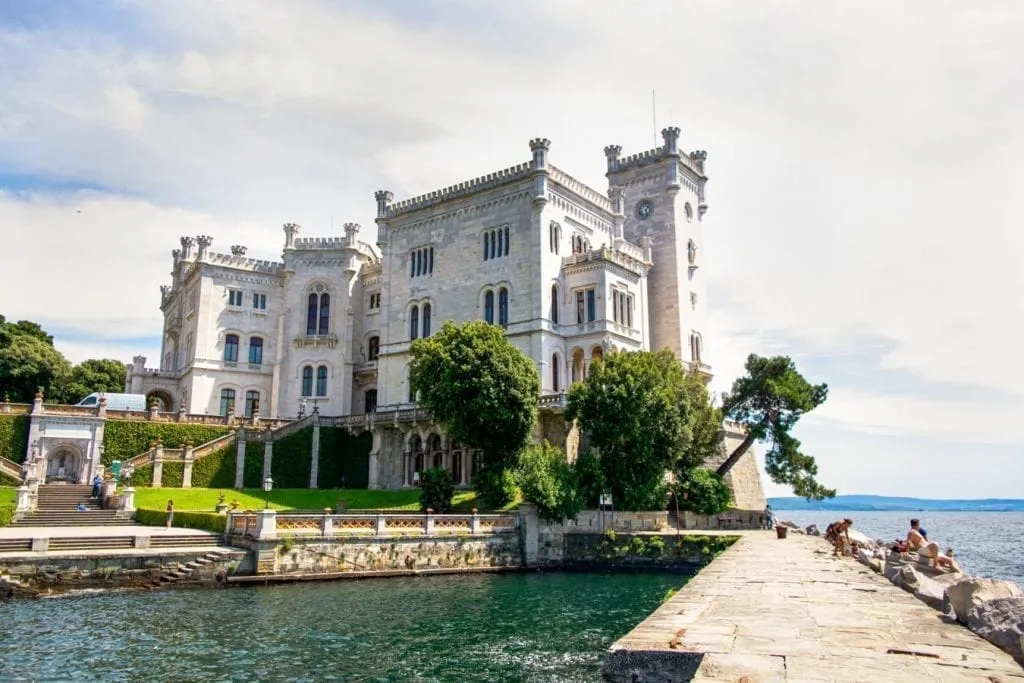
How We Structured These Italy Budget Tips
All of these estimates for the cost of a trip to Italy are given in USD, assume that you are traveling for 3 weeks or less, and assume that you are spending at least half your time in tourist hotspots like Rome and Venice.
They are also an estimate for one person.
If you’re traveling with other people and are able to split the costs of things like accommodations, you will likely be able to lower these numbers further.
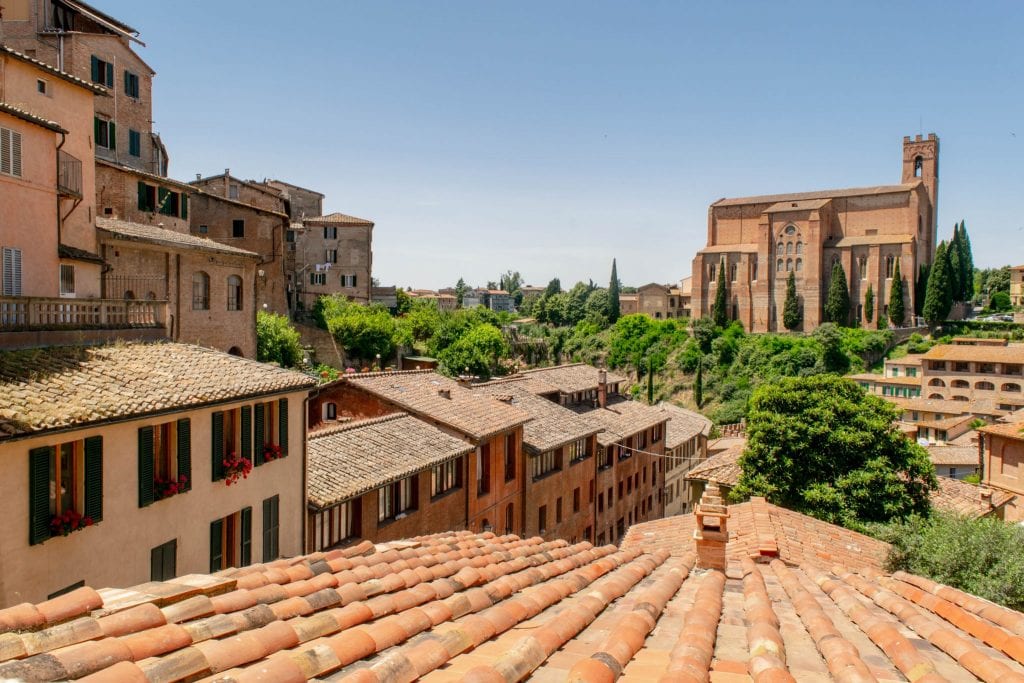
Budget Trip to Italy Cost: $50-70/day
A budget trip to Italy does require some sacrifices on comfort, but not as many as you might think: Italy can be surprisingly affordable.
This is a rough sketch of what a budget trip to Italy will cost and feel like.
Keep in mind that this is a budget trip in the sense of a traveler who is visiting Italy as a standalone destination or as part of a defined trip.
Shoestring backpackers who would like to cut costs by camping, hitchhiking, avoiding all paid attractions, etc, will, of course, be able to get by on less, but that is not how we would recommend seeing Italy!
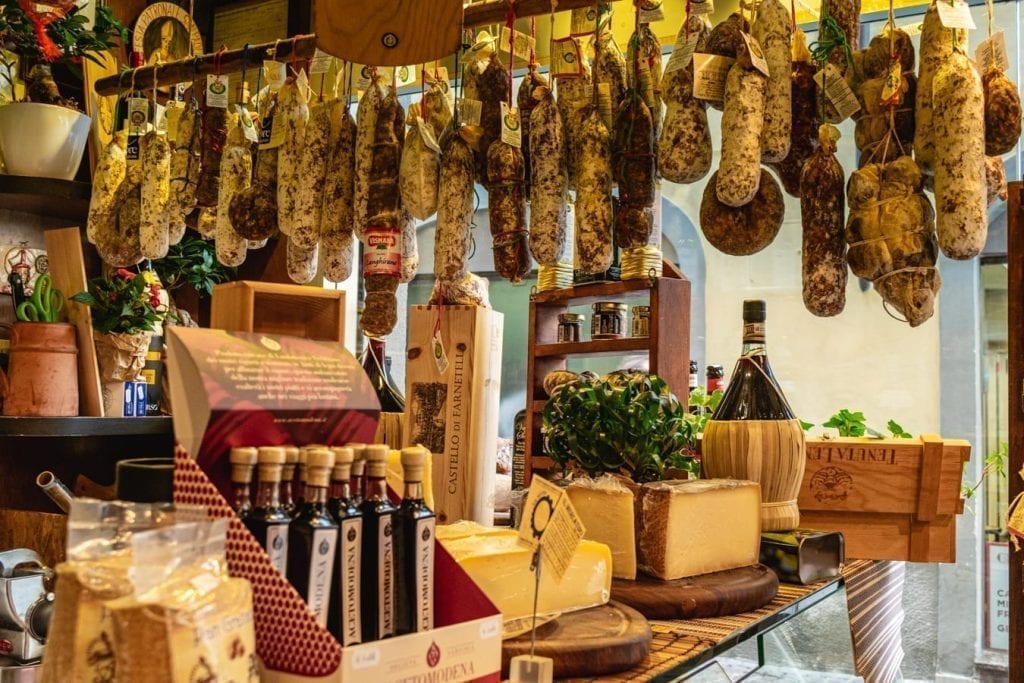
Accommodation
At this budget, you’ll likely stay in hostel dorms or private rooms on Airbnb (as opposed to renting a whole apartment).
You’ll be able to stay in well-reviewed properties but may have to sacrifice a bit on location and stay further from the center of cities.
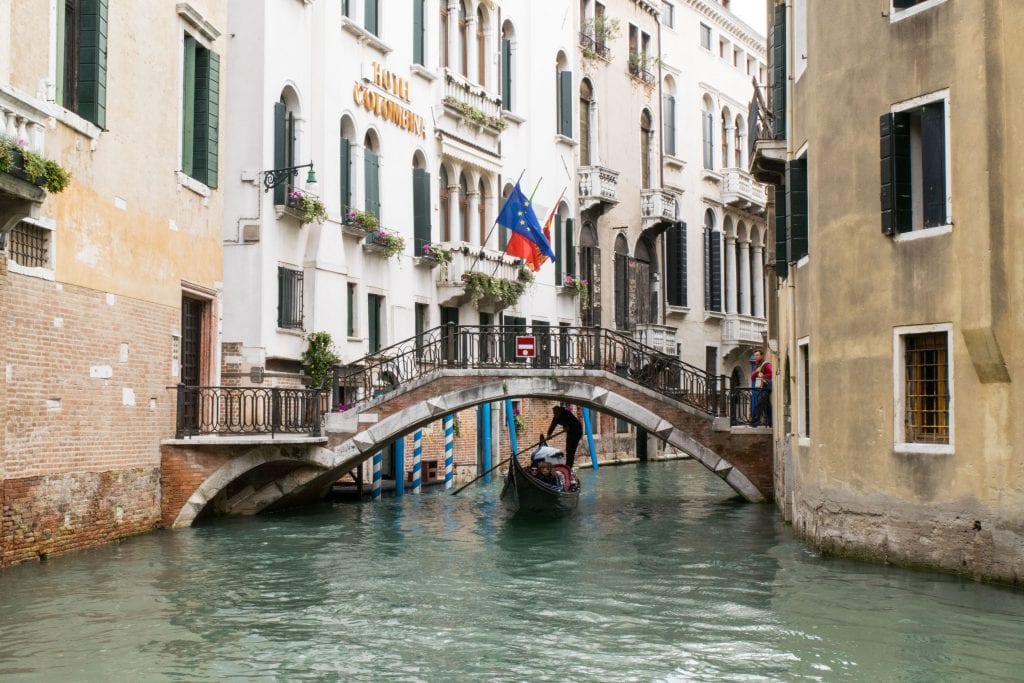
Transportation
Bus companies like Flixbus and perhaps the occasional budget airline flight will be your most common methods of transportation between destinations.
Regional train tickets may fit into your budget occasionally, but you’ll typically need to avoid the expensive high-speed rail lines and therefore it will take longer to reach each destination.
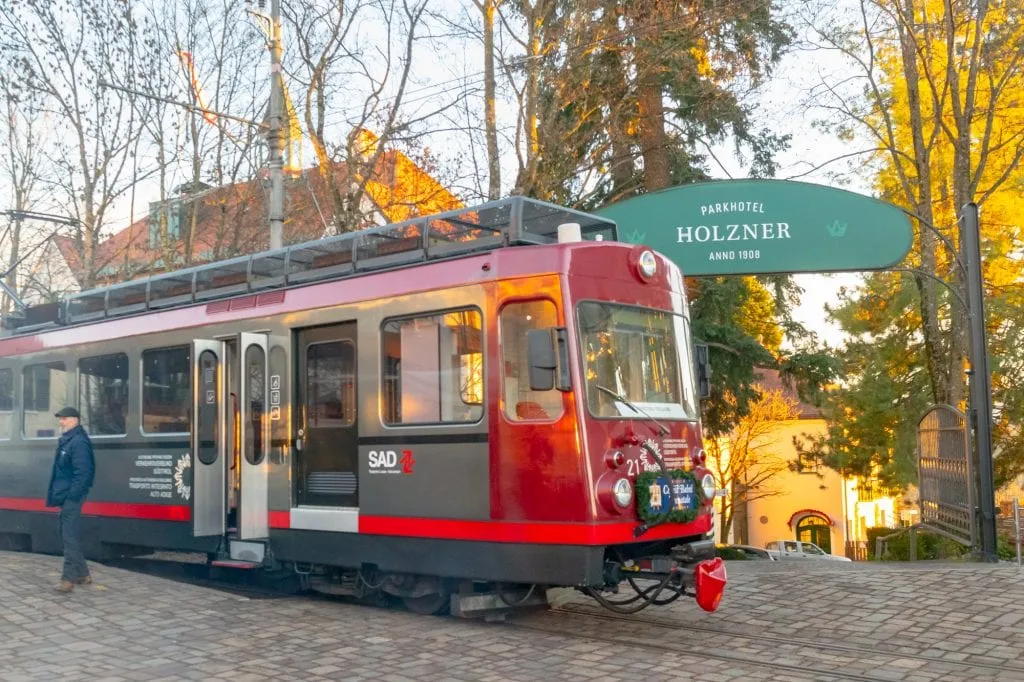
Food
If you’re traveling to Italy on a budget, you’ll want to shop for your own groceries at least half the time.
Luckily, this isn’t a chore in Italy: freshly made pasta, bread, pesto, and more are all reasonably affordable.
Local bottles of wine in grocery stores start around 4-6 Euros each.
You can supplement your food with affordable options like takeaway pasta, pizza, and sandwiches, and splurge on the occasional lunch special to enjoy restaurant meals in Italy.
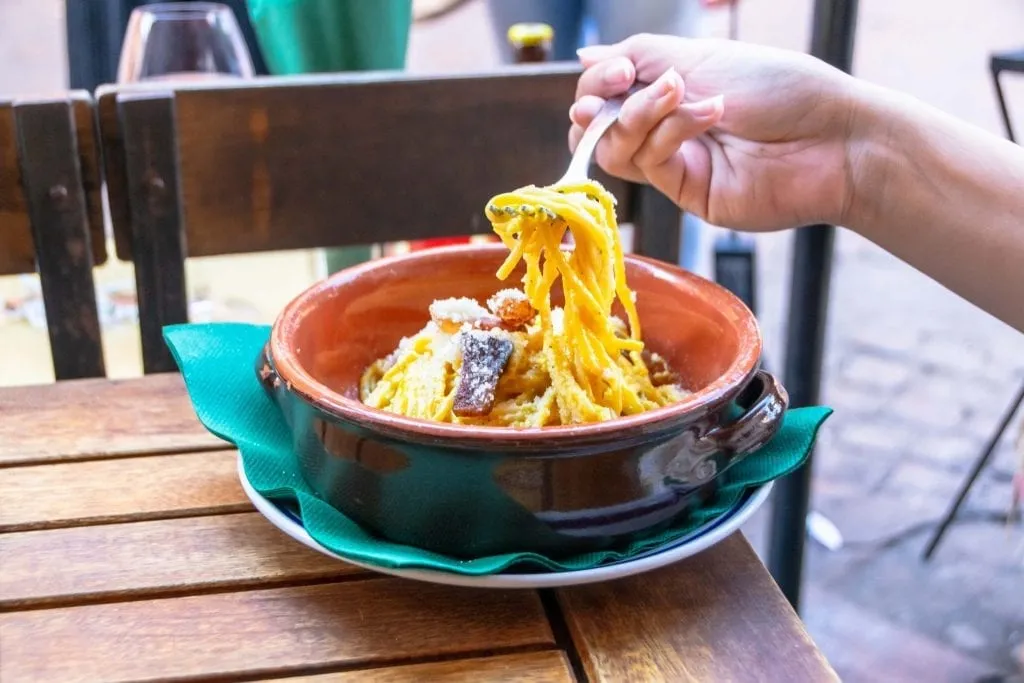
Tours & Attractions
A budget traveler in Italy will likely need to skip some pricey tourist attractions (and either resign themselves to waking up early to avoid long lines or simply wait in them–guided tours that allow you to skip lines will likely be over budget).
However, you can work some attractions into your budget.
Notable highlights that you may want to see like the Colosseum, Vatican Museums, Statue of David, Uffizi Gallery, Pompeii, etc, tend to cost between 10-20 Euros for a basic ticket, but that will include significant time sacrifices by waiting in sometimes multi-hour lines.
Climbing towers for various viewpoints usually cost less than 10 Euros in Italy.
Some luxuries, like riding in a gondola in Venice (around 80 Euros/gondola), will likely need to be skipped.
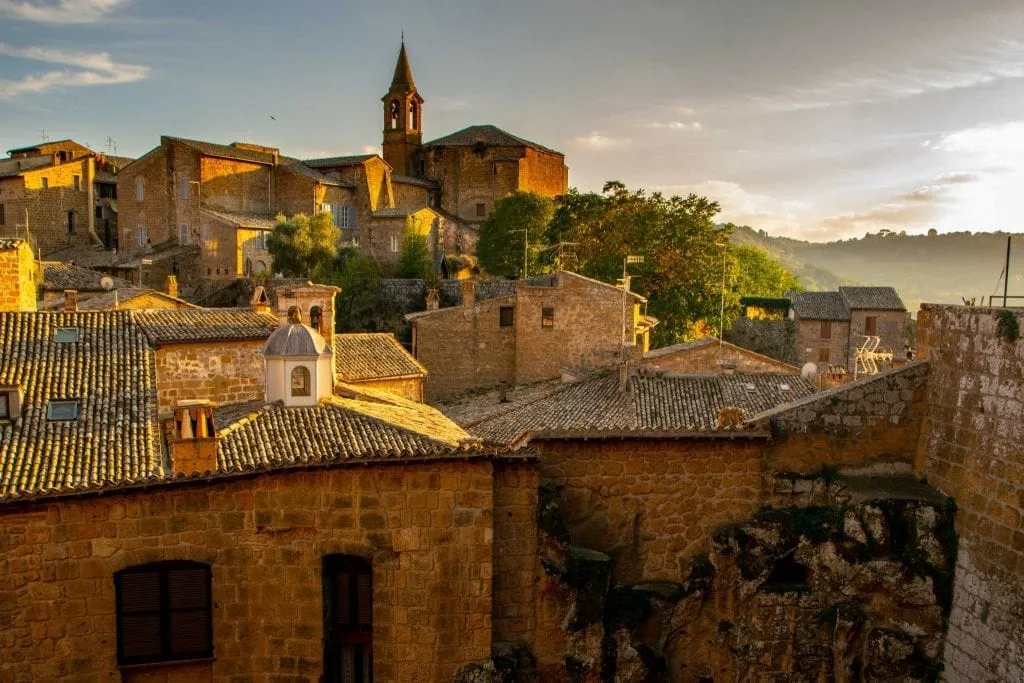
Mid-range Trip to Italy Cost: $70-100/day
We generally consider the bulk of our travels in Italy to be mid-range.
At this price point, you’ll be able to visit most attractions you would like to see, splurge on a guided visit or two (perhaps in the Vatican Museums), add a food tour or cooking class, and eat more restaurant meals.
However, you’ll still need to keep an eye on your Italy budget daily to avoid accidentally overspending.
Accommodation
At a mid-range price point, budget hotels near the center of cities or slightly more upscale hotels outside the center of cities are options.
You can also opt to rent an entire apartment on Airbnb in most destinations.
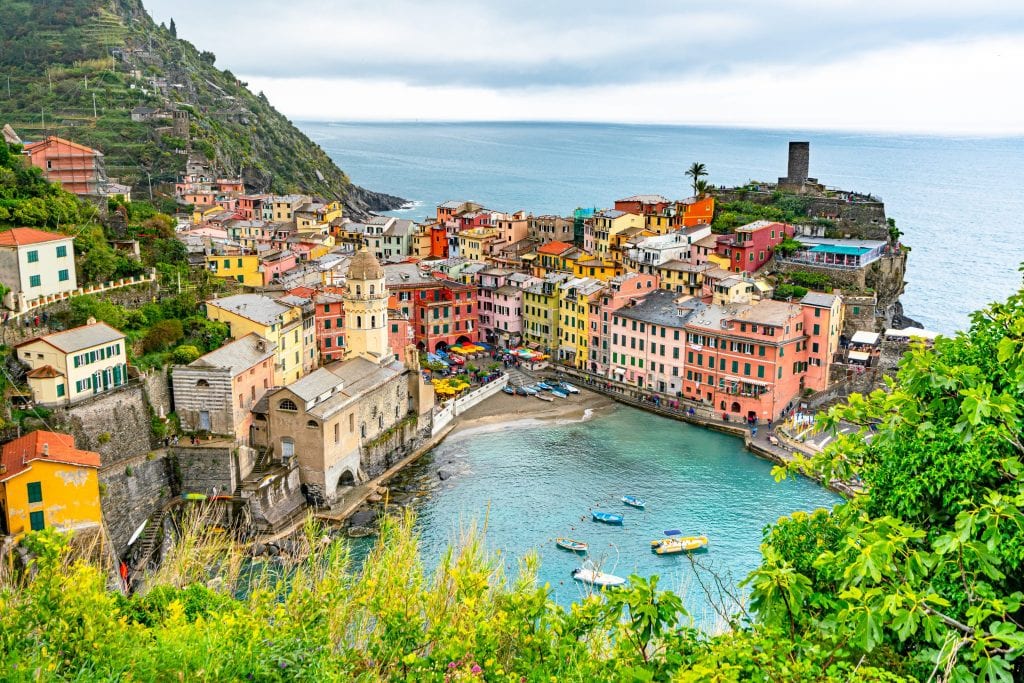
Transportation
If you’d like, you can mostly avoid bus travel in Italy on a midrange budget, though high-speed rail travel will likely still be out of the question unless you book far in advance.
Regional trains and budget air travel will be your best bet for getting around Italy, and public transportation will still be optimal in cities.
If you’d like to visit part of Italy via road trip, a midrange budget will allow you to rent a car for a small part of your trip, though you may need to cut a different tour or experience elsewhere.
However, we recommend avoiding renting a car while in a city (nothing ruins an Italian travel budget quite like receiving a ticket in the mail months after returning home) and limiting the time you have it to the bare minimum.
Remember that if you rent a car in Italy, you’ll need to have an International Driving Permit to do so!
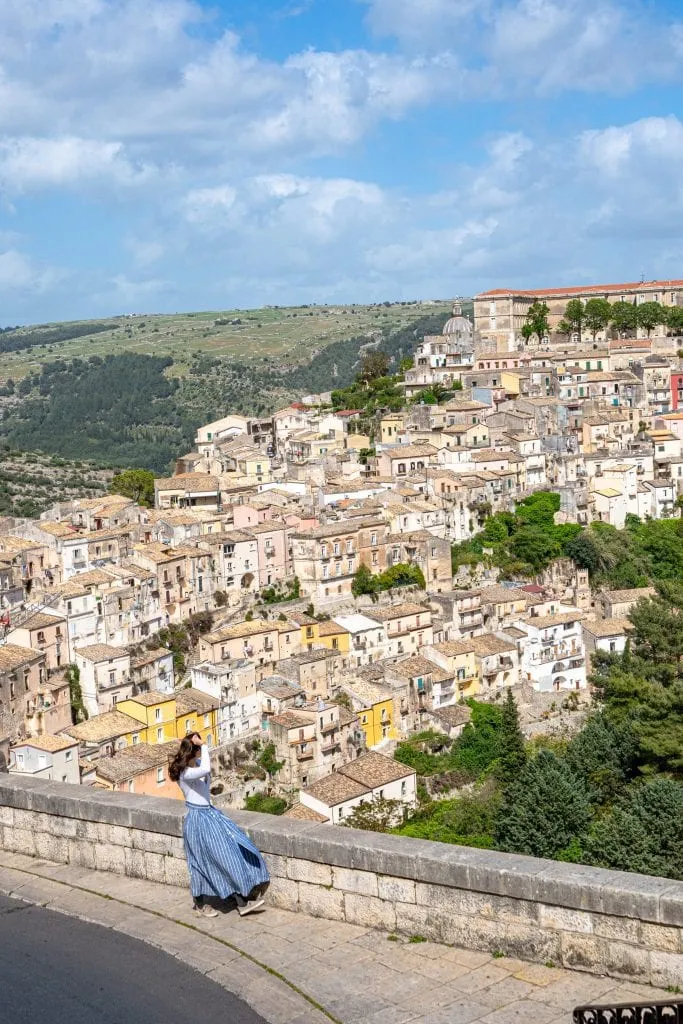
Food
Midrange travelers can eat out more than budget travelers in Italy, but it will still be best to cook some meals if possible (perhaps 30%), and to eat the biggest meal of the day at lunch when many restaurants offer daily lunch specials.
If you’re a foodie, this budget may also allow room for a food tour or cooking class while in Italy.
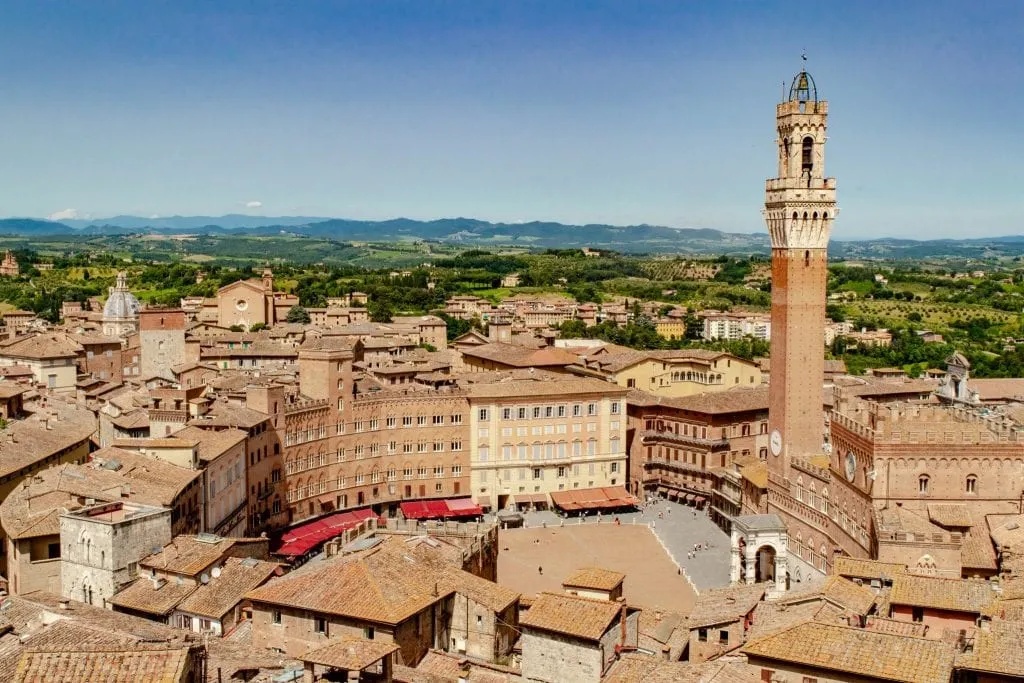
Tours & Attractions
Prioritization is the name of the game when it comes to balancing the cost of traveling in Italy with a midrange budget.
You’ll be able to add some guided tours to your explorations, and will be able to visit just about any attraction that you want (but perhaps not all of them).
If you have your heart set on a particular luxury experience–say, a gondola ride in Venice or a day spent sailing around Capri–you’ll likely need to cut expenses elsewhere to make it work on this budget.
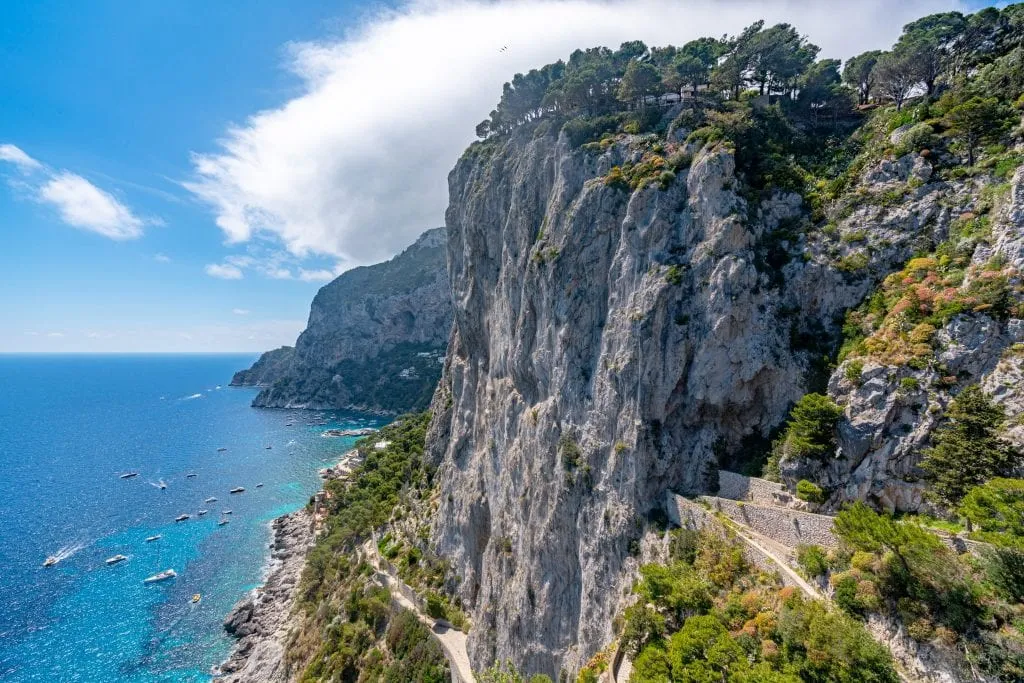
Luxury Trip to Italy Cost: The limit does not exist.
Accommodation
Luxury accommodation in Italy can be truly magnificent.
Think upscale hotels (sometimes housed in historic palaces!) located right on the Arno River in Florence, overlooking the Spanish Steps in Rome, and along the Grand Canal in Venice.
At this price point, you can also consider renting out country villas in places like Tuscany, though bear in mind that many properties have a minimum rental period of one week.
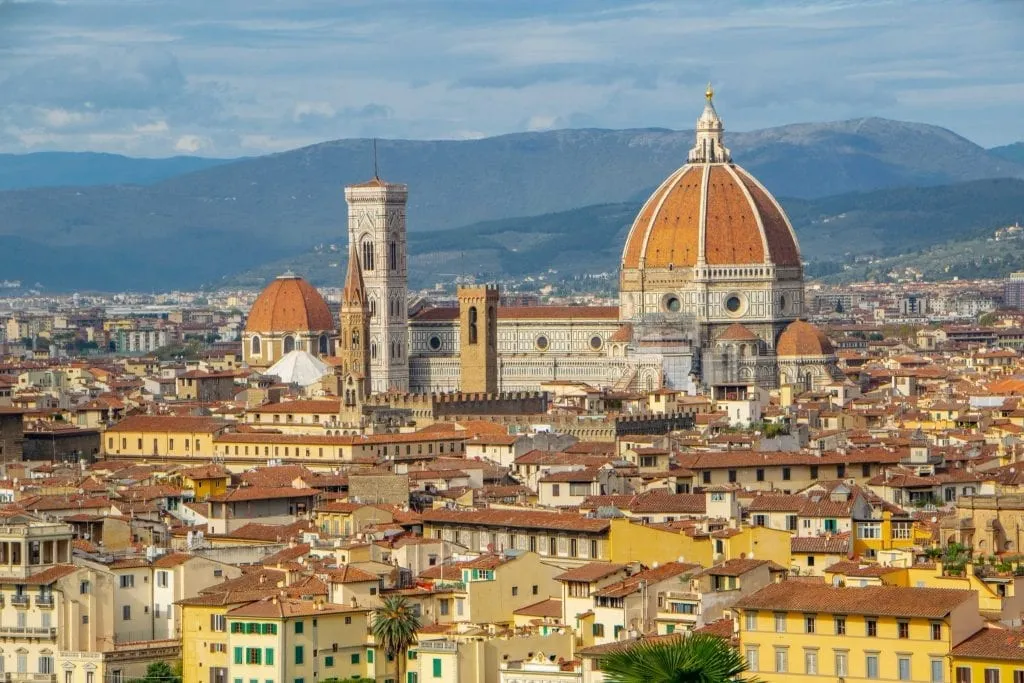
Transportation
Without budget restrictions, high-speed train travel will likely be the preferred method of traveling around the country: it’s very efficient, very fast, and much less cumbersome than dealing with flying.
You’ll also have the freedom to rent a car as often as you like, however, we still recommend only renting one for the time spent outside cities.
Dealing with limited parking, many restricted driving areas, and hefty ticket prices (that you often won’t receive or know about until weeks after the fact) makes renting a car while staying in Italian cities more trouble than it’s worth.
Private transfers are generally unnecessary in Italy, however, if it fits into what you want your luxury trip to Italy to cost, they can be considered at this price point.
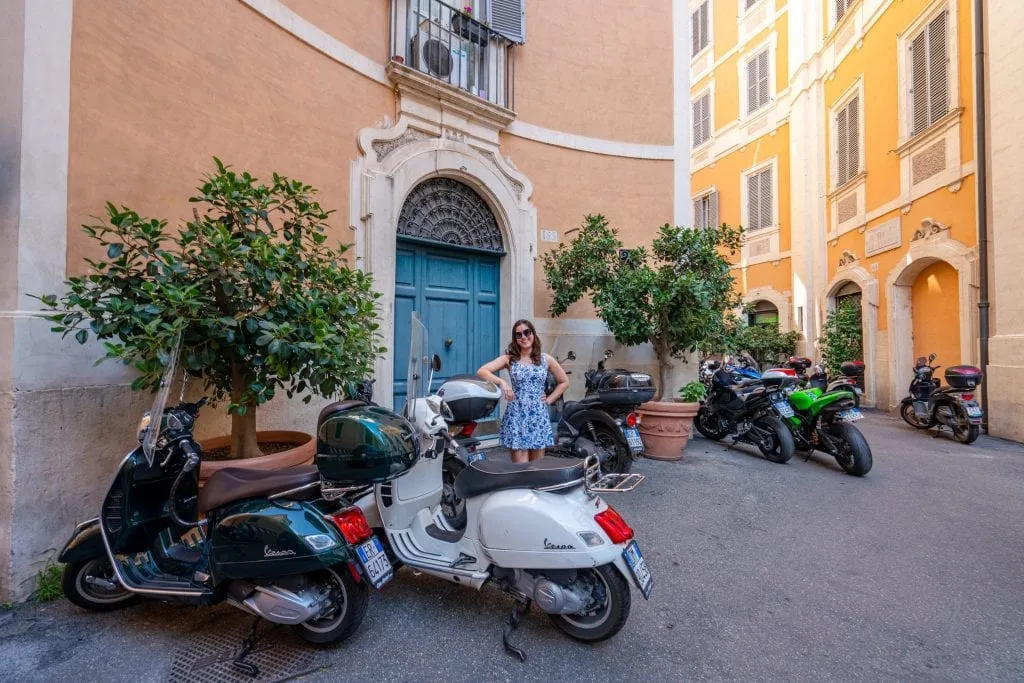
Food
Italy is dotted with Michelin Star restaurants and luxury dining experiences, and a luxury budget will allow for these meals at least some nights.
If upscale dining is important to you, bear in mind that you’ll want to make reservations as far in advance as possible at the most popular spots.

Tours & Attractions
Taking a trip to Italy without concerns about cost allows for some truly epic experiences.
Think about early-morning tours of the Vatican Museums before it opens for the day, visiting various monuments after-hours, taking a private gondola ride in Venice, setting off on private wine tours through Tuscany with your own driver, and chartering private boats along the coast!
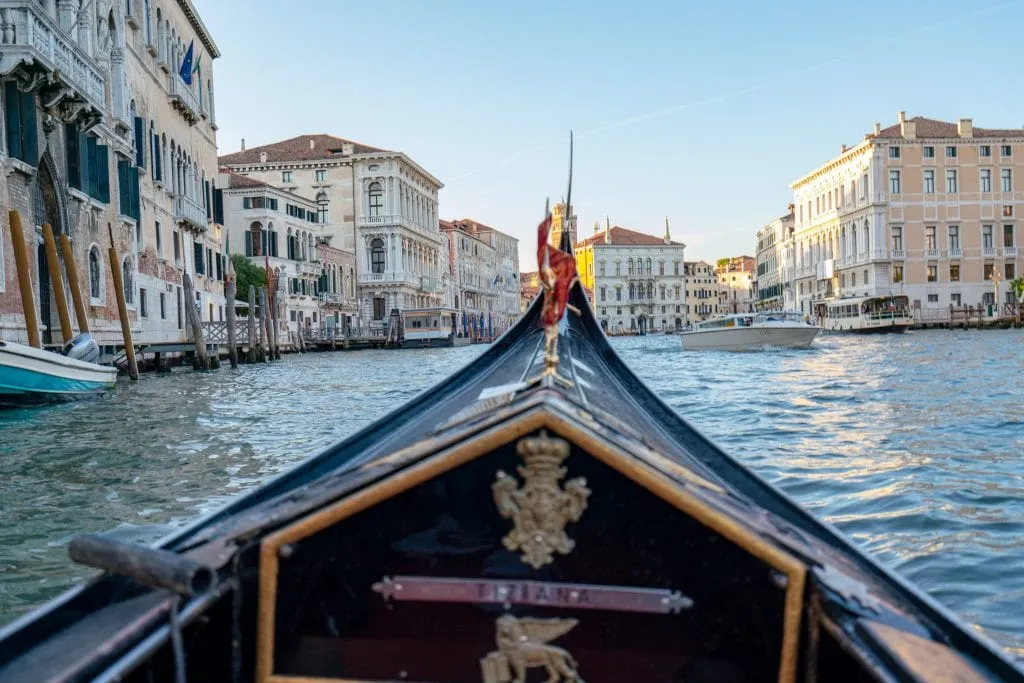
Getting to Italy on a Budget
How much a trip to Italy costs before arriving on the ground varies dramatically depending on where you are coming from, of course–but where you arrive can significantly change how much your trip to Italy costs.
If you’re coming from Europe, be sure to check budget airline flights to and from Rome, Pisa, Bologna, Milan, and Venice in the north/central regions, and Bari and Palermo in the south–these destinations tend to have quite a few low-cost flights available.
Regardless of where you are coming from, be sure to compare the cost (including the cost of on-the-ground travel and time consumed by logistics during your trip to Italy) of a roundtrip ticket as opposed to two one-way tickets that will allow you to avoid backtracking–say, flying into Rome and out of Venice.
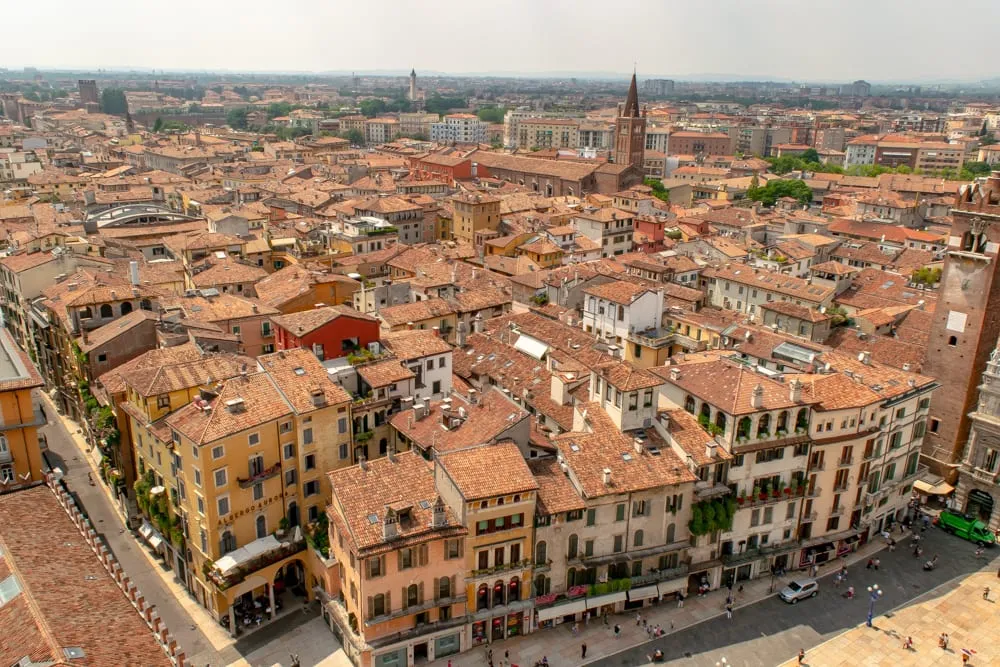
How to Save Money on Your Trip to Italy
Consider sticking to a smaller geographic region.
Most first-time visitors to Italy will want to visit Rome, Florence, Venice, and a piece of the coast if they have time–and there’s nothing wrong with that, it’s a fabulous itinerary that we recommend ourselves.
However, if you are concerned about the cost of a trip to Italy, consider sticking to a smaller region.
Rome, Naples/Pompeii, and the Amalfi Coast require very little in-country travel and make for a stunning trip.
A Tuscany-focused trip, perhaps with a side trip to Cinque Terre in Liguria, offers a unique option as well. If your heart is set on Venice, perhaps head to Verona or Milan after that, instead of further south.
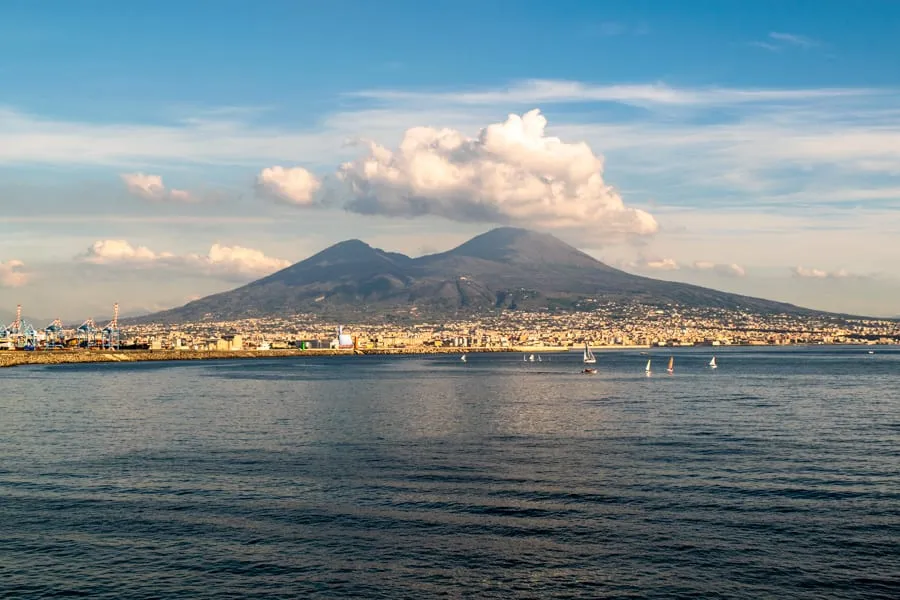
Plan your route in advance.
As tempting as it is to let spontaneity guide you from city to city, if you want to keep the cost of a trip to Italy down, planning ahead is definitely the way to go.
Plane tickets and high-speed rail tickets can rise in price as the departure date gets closer, and booking lodging ahead of time will often allow you to find competitive deals in better locations than a last-minute booking.
The exception to booking lodging in advance, though, is if you’re traveling in the offseason.
If you’re visiting at a point that you’re reasonably confident most hotels won’t be sold out (but also won’t be closed–I wouldn’t try this in Riomaggiore in February), you can sometimes get fabulous last minute deals on hotels by booking 2-3 days in advance.
That is a gamble, however–the safest bet is to plan ahead, especially if you’re traveling Italy on a budget.
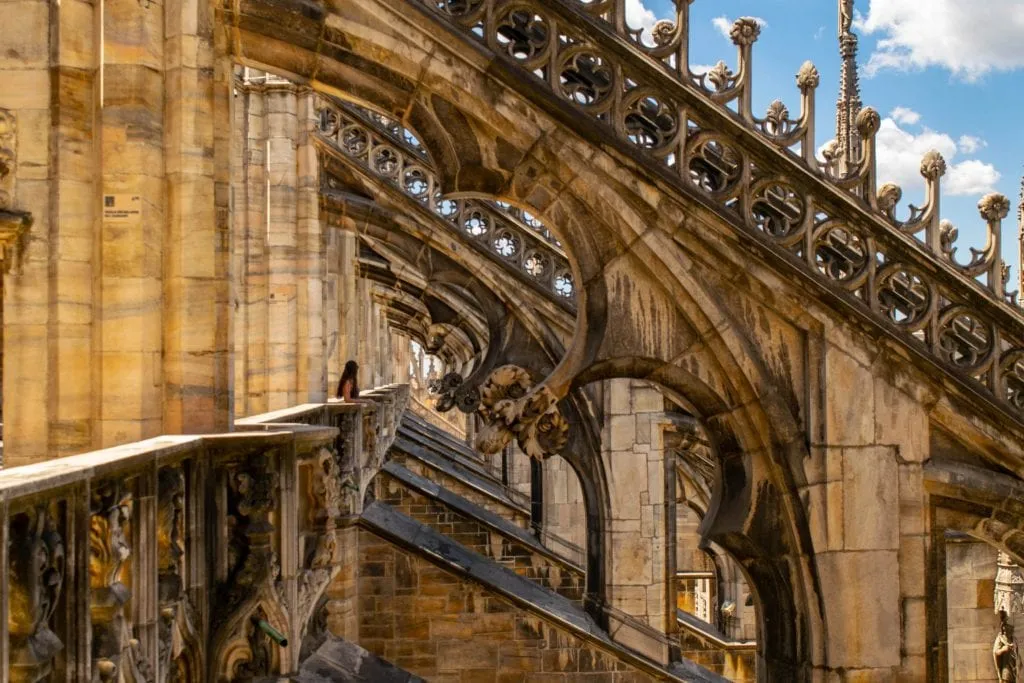
Don’t forget about buses and planes.
Both Flixbus and Ryanair have a solid presence in Italy and are great alternate transportation options to consider when train travel looks too expensive.
The further south you go, the cheaper Italy is.
Bottom line: your cash will stretch much further in Puglia, Sicily, or Campania than in Lombardy, Veneto, or Trento-Alto Adige.
If you want to plan a low-cost trip to Italy and don’t mind missing the most famous sights in favor of lesser-known but still incredible ones, consider sticking to the lower half of the boot–the further south the better.
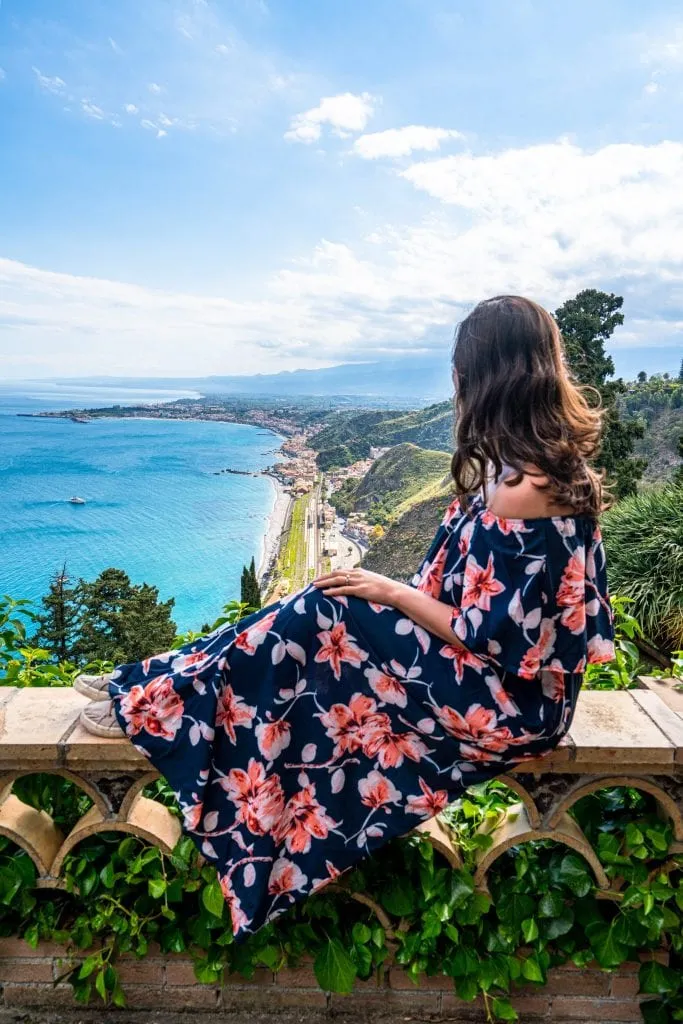
Decide which tourist attractions are unmissable ahead of time, and budget for those.
If you book a trip to Italy knowing that your visit will feel incomplete without, say, a chance to see the Sistine Chapel or a cooking class in Tuscany, go ahead and add that to your budget in advance.
That way, you will visit knowing exactly how much that experience will cost during your trip to Italy, and exactly how much scrimping you’ll need to do in other areas to make it happen.
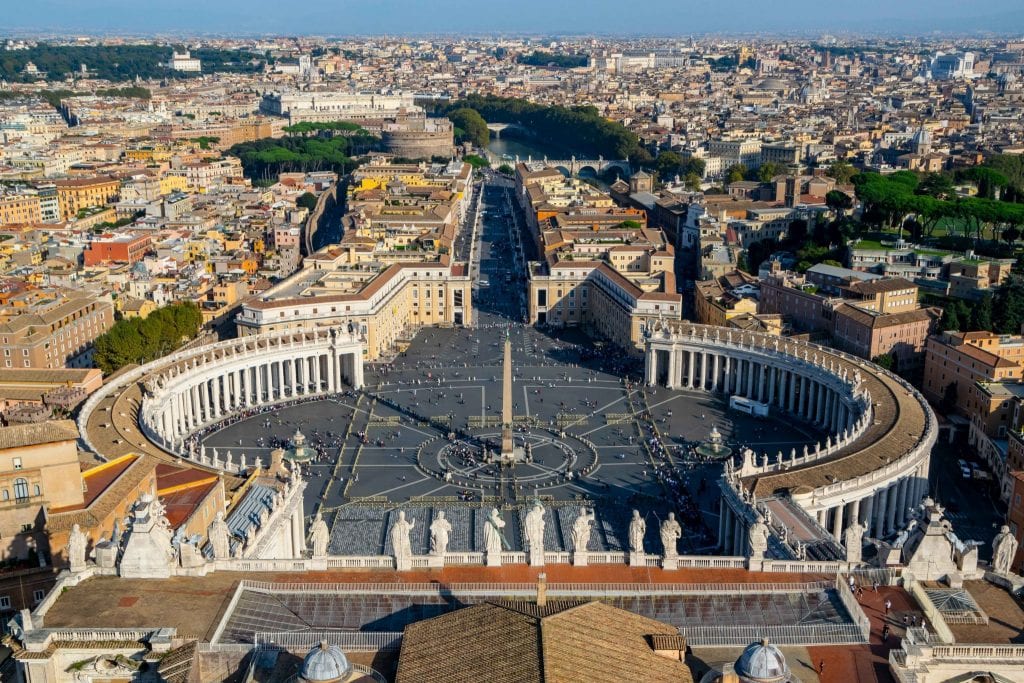
Wake up early.
Italy’s most popular sights and attractions can have prohibitively long lines that will make all but the most patient humans go screaming for the skip-the-line scalpers (even knowing that the people selling guided visits and immediate access in-person charge far more than online deals you can purchase in advance).
If you want to avoid either giving in to the temptation of spending extra or simply wasting hours of your trip to Italy waiting in line, there’s a simple workaround: wake up early, and be in line before the attractions even open.
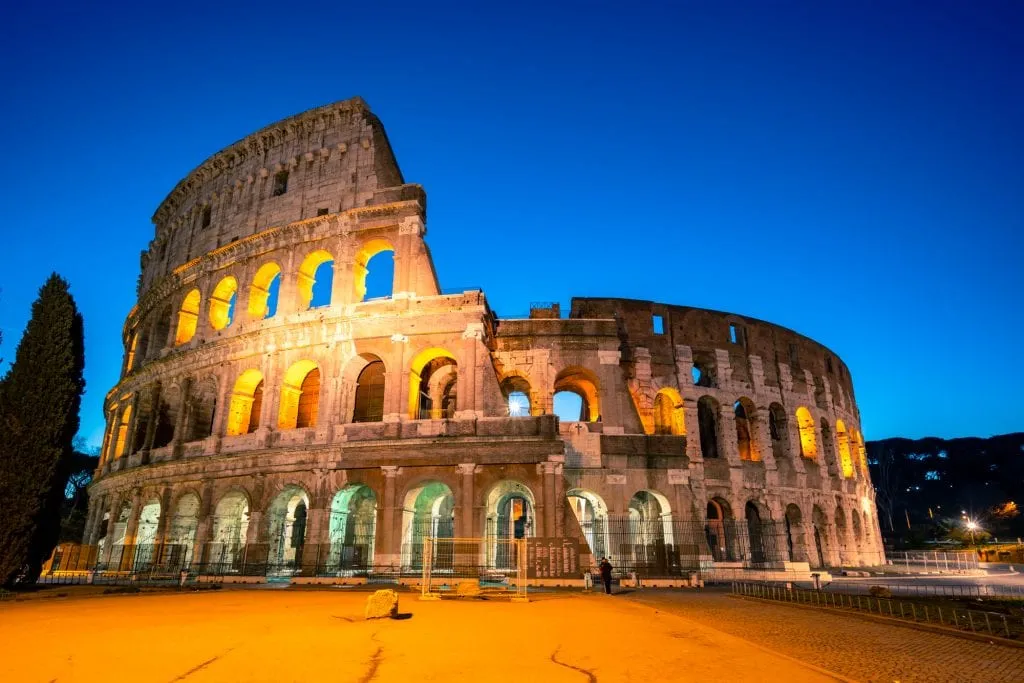
Budget carefully for food.
Food is such a big part of the experience of a trip to Italy, cost of your trip aside.
Whether you’re traveling on the tightest budget or the most luxurious one, experiencing Italian cuisine is likely high on your list of priorities.
We recommend tracking your daily spending carefully on food–individual purchases, say for a scoop of gelato or an espresso at the bar, can feel quite small but add up fast, particularly if your spending is limited.
If you have access to a kitchen, absolutely take advantage of it.
Heading to a market and purchasing fresh pasta, pesto, cheese, bread, and wine and then cooking at home will cost a fraction of what the same meal would in a restaurant, and is a fabulous experience to have regardless of your Italy budget.

Research restaurants in advance.
When you do eat in restaurants, do so carefully.
You may think that every restaurant in Italy would be fabulous, but that is definitely not the case.
There are a lot of duds out there, especially near tourist attractions (shocker).
Dining out in Italy can be enormously improved by simply doing some basic restaurant research ahead of time–this can be as easy as typing “good Italian restaurants near me” into Google and seeing what comes up that is well-reviewed and within your price range.
It’s not full-proof, sure, but it raises your odds considerably from simply picking somewhere you happen to walk by.
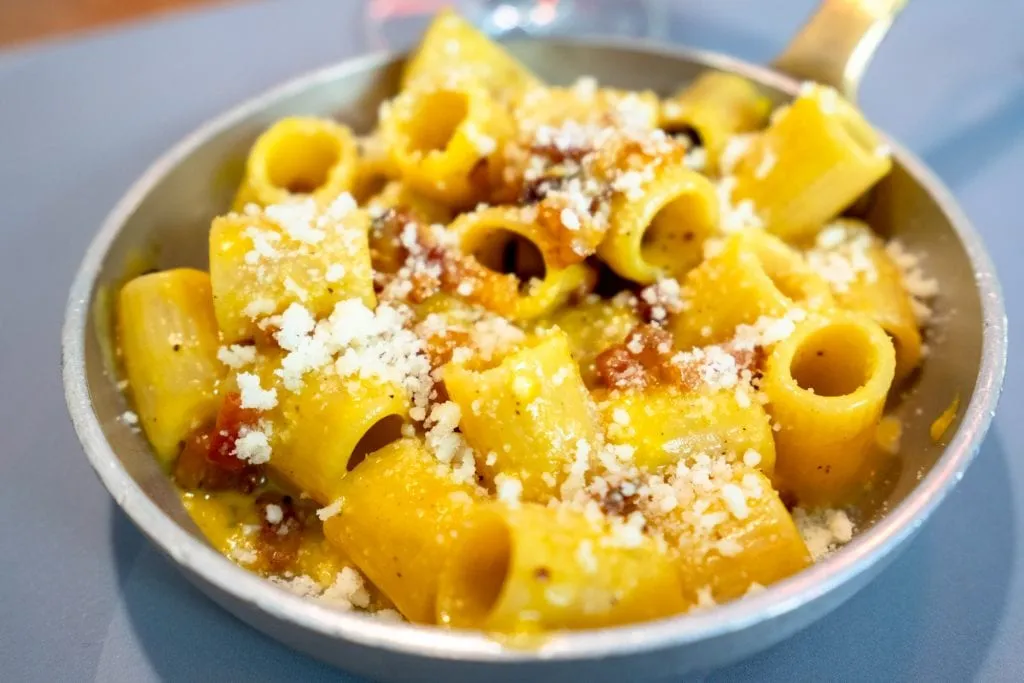
Go somewhere you’ve never heard of.
Italy is absolutely chock full of insanely beautiful places that offer gorgeous architecture, delicious food, compelling history, and stunning nature… and yet, most of them don’t get seen, because we all have a tendency to visit the same places over and over again.
Sure, some of that is inevitable–there’s only one Rome, there’s only one Venice–but while Capri is gorgeous, very few non-Italian tourists make it out to Sardinia. While Lake Como is magnificent, Italy is full of beautiful lakes.
If you’d like to cut down your trip to Italy cost, consider taking off to a point on the map that makes geographic sense with your itinerary, but you’re not already familiar with.
You might be surprised at what you find (and how few other visitors that you have to share the view with).
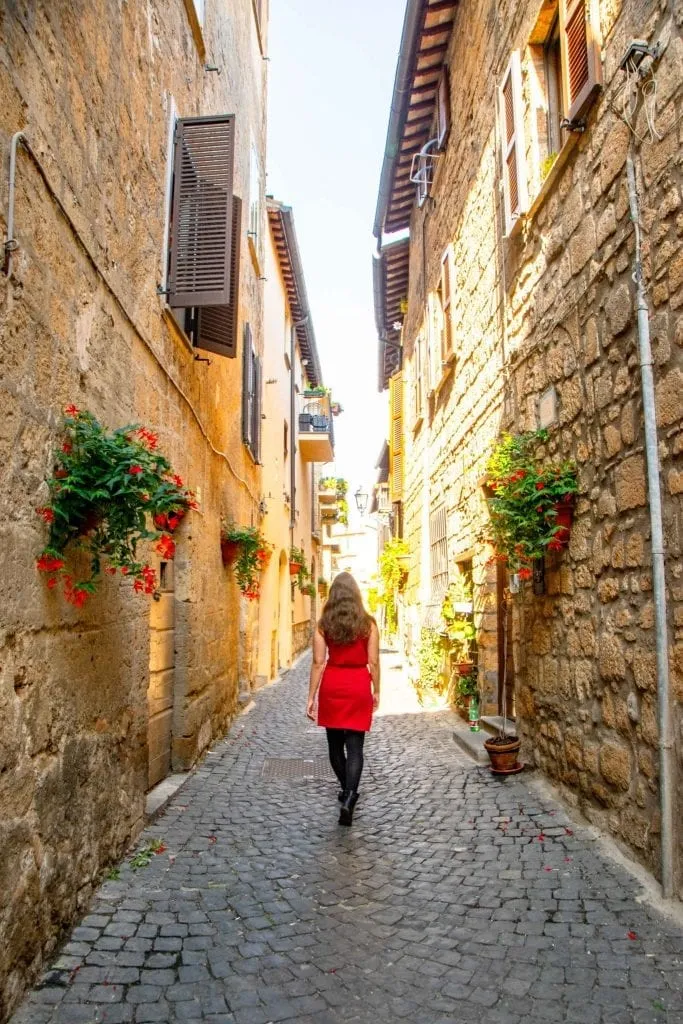
Make lunch your big meal of the day, and beware of bread.
Many Italian restaurants run specials at lunch, offering a 2-3 course meal, often with wine, for a set price.
If you want to regularly eat out in Italy, this is the way to do it!
The same restaurants charge much more for dinner portions, but we’ve never been anything but stuffed after lunch in Italy.
Also: beware of the bread placed on your table.
In some parts of Italy (we’ve heard it’s most popular in Lazio, but we’ve run into this in Tuscany too), the bread placed on the table is not included, and if you eat it, you will be charged (usually a Euro or two per person).
This absolutely isn’t the case in all restaurants, though, so be sure to clarify before digging in!
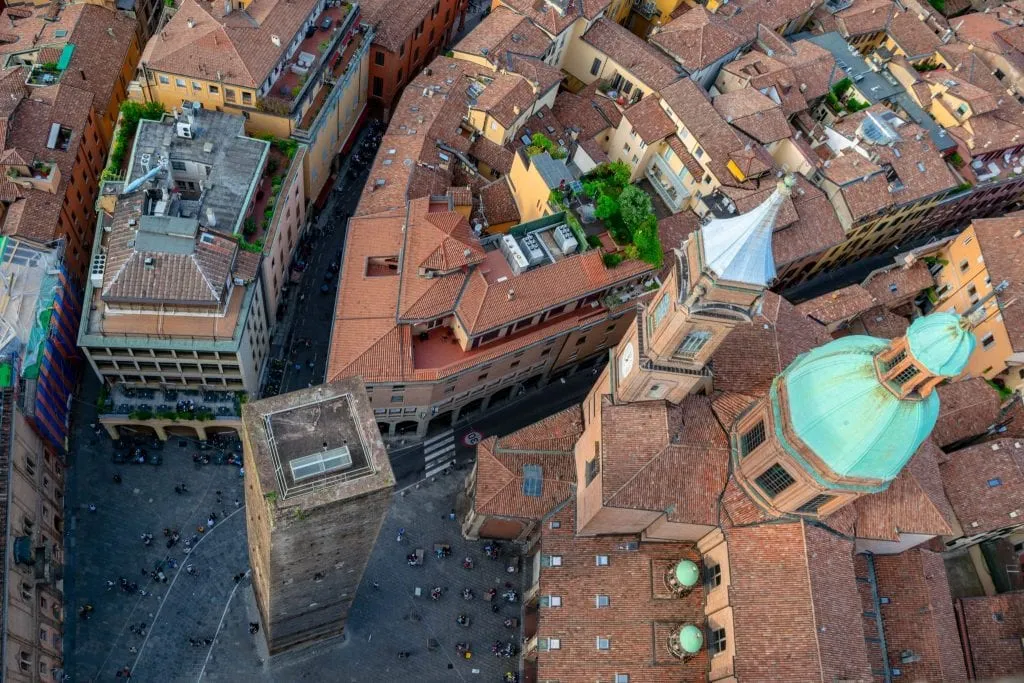
Consider traveling in the offseason.
Particularly if you’re wanting to visit cities in Italy on a budget, Italy makes a great offseason destination.
Winter is mild in much of the country, and the Colosseum looks about the same regardless of whether or not you’re bundled up in a coat to see it.
Fall is our personal favorite time to visit Italy, and we think late October is the perfect sweet spot for avoiding the worst of the crowds and hopefully still having some beautiful weather to enjoy for most days of your trip.
Your trip to Italy cost will definitely be highest during the summer months, especially if you hope to visit the coasts and/or the most popular spots!
[convertkit form=828904]
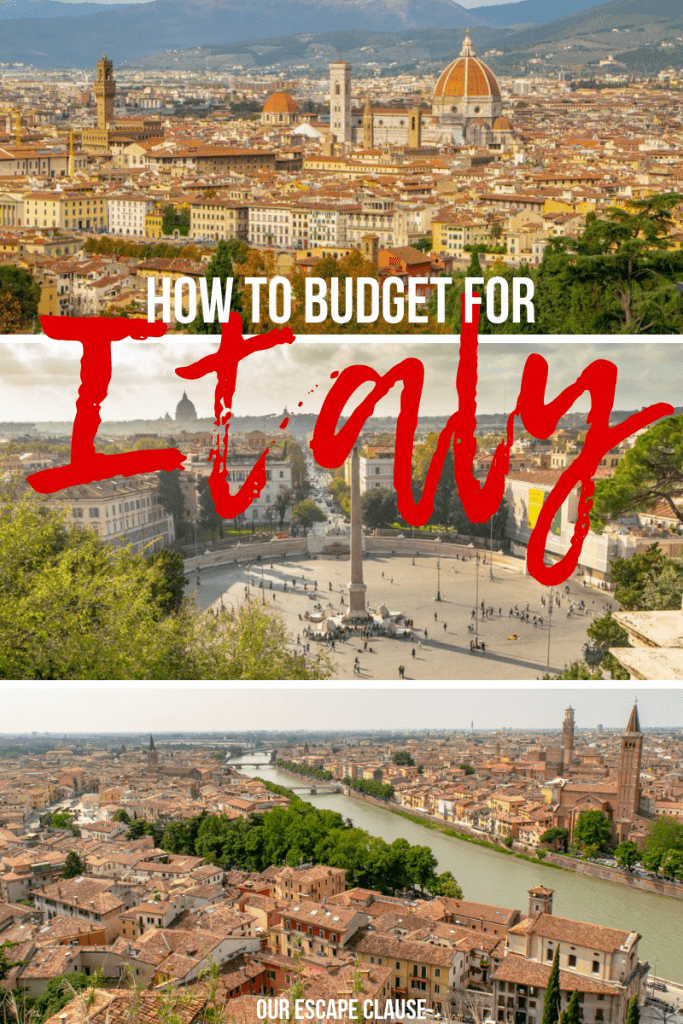
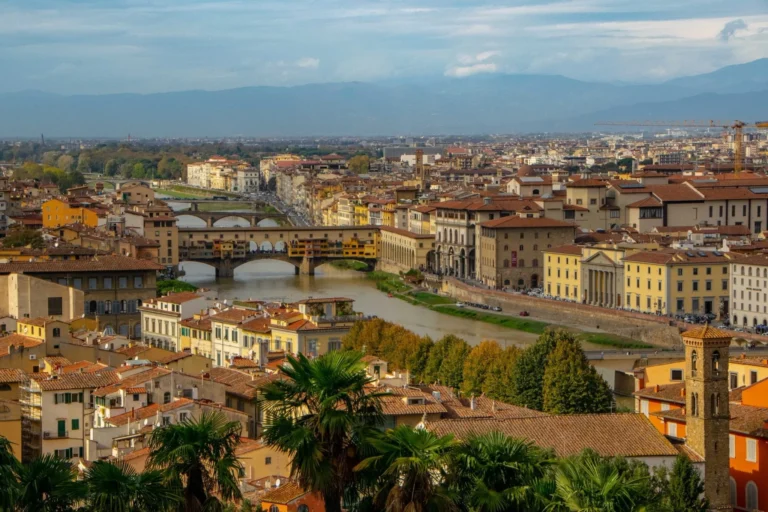
Hi kate and husband.
Will be in Rome March 10-13
Florence 13-16
Venice 16-18
Paris 7-9
Long awaited trip with friend who cared for dying mother!
Now is our time.
My 3rd to Paris and first to Italy.
So excited and thankful for stumbling on your post.
Thank you both for all your dedication and time in sharing your love of country.
I am 62 and from Wisconsin
Mona; 67 and same; currently residing in Mississippi
Be well,
Maureen
Thank you so much, Maureen! So glad you found our site helpful. Hope that you guys have an amazing trip to Italy and Paris!
Kate
Great info here. We are planning a September 2021 trip to Rome Florence Cinque Terra and then Venice in 14 days. Have I set it up wrong given you say getting to CT from Florence is arduously long by train. Then back via train over to Venice. Should I rework the itinerary, the fly in/out of the country is Rome so that is our first stop, 3 days then last night out by airport(traveling from Venice) may fly down from there. Sorry it’s long winded.
Hi John!
It’s arduously long for a day trip, but if you’re spending a night or two, it’s not a big deal to get to Florence to Cinque Terre by train. We have more details on what to expect traveling between the two here: https://www.ourescapeclause.com/florence-to-cinque-terre/
Cinque Terre to Venice by train is a long day but it’s doable, we’ve done it before ourselves.
Hope that helps!
Buonasera Kate,
I’d like to know your feeling if the following Freecerosa route would blow a hole into a $133/day over 3 weeks. I’m shooting for mid range.
Fly into
Milan/Como 2-3 days
Florence 4 days
Rome 3 days
Amalfi 2 days
Palermo/Cefalu 3 days
Naples 1 day
Rome 4 days
Basically I tracing college wandering.
I’m B-2 so I can negotiate things
Hi Bryce! It’s hard to tell specifically (especially this year, since everything is so up in the air), but I’d say your route is going to be pretty tough on that budget, especially aiming for mid-range travel.
The daily costs in each place (place to stay, food, attractions) will be fine, especially if you’re willing to skip a couple of expensive things, but the train/bus/plane costs of getting from destination to destination will really eat into your budget.
I’d recommend cutting a few stops, including saving Sicily for another trip for logistical reasons.
Additionally, a few of your stops–Como and Amalfi in particular–are pretty pricey. I’d consider how badly you want to see them vs spending more time in other spots.
My partner and I are wanting to plan a trip to Italy next year. It will be our first time there and would love to go around our birthdays in may but latest August. Sicily is definitely a option and add two or three more places to visit. Any advice for planning would be great. Looking for 2-3 week stay
Hi Merilena! Sounds like a fantastic trip.
We have several posts that might help you plan. I recommend taking a look at our Sicily itinerary: https://www.ourescapeclause.com/10-day-sicily-road-trip-itinerary/
If you want to combine Sicily with a few other places, this post has some ideas: https://www.ourescapeclause.com/7-days-in-italy-in-a-week/
If you’re flying from place to place, a classic spot like Rome, Florence, or Venice could be a fun trip when combined with Sicily.
Hi Kate:
what company will you recommend for transfers from airport to hotel or hotel to train stations?
Hi Dora!
There are different companies all over Italy, so it depends. For airport transfers, I’d recommend booking through Get Your Guide, they have several options.
For moving from your hotel to the train station, I’d recommend asking your hotel to call a taxi for you, and confirm the price with them. 🙂
Hi Kate, Jeremy
My partner and I will be going to Italy this month for my birthday and will be arriving in Venice. It’s a 6 day trip and would like advice on how and where to start.
My key places are :
Rome
Possible Florence
Milan
Amalfi coast for my birthday.
Some tours to include more destinations and activities
Please advise some possible great 6-day itineraries that could work and also if renting a car would be best for some destinations.
Thank you,
Olivia
Hi Olivia!
I’m not a travel agent, so don’t provide individual itineraries, but I’m always happy to point people in the right direction. 🙂
With only 6 days, I’d recommend cutting down your itinerary to Rome and the Amalfi Coast, with a possible day trip to Florence from Rome if you want to squeeze it in.
If you’re a confident driver, having a car on the Amalfi Coast can help, as there’s no train service there and the buses can be crowded. Alternatively, you could hire a taxi or driver. The driving on the Amalfi Coast is not for the faint of heart!
You won’t need a car in Rome or Florence.
Hope that helps, and Happy Birthday!
Love this post so much! For the luxury Italy trip, what could be an example of how much to expect to spend say for 2 people for a couple weeks or so? I know you said it’s endless but just curious!
Hi!
That depends a lot on what luxury means to you–it can vary so wildly from person to person. You can stay in a 5-star hotel in Rome for 300 a night during the slow season… or you can rent a penthouse suite in the height of summer or head to an island and rent out a whole palazzo for thousands.
Your biggest expenses (excluding flights) will likely be your hotels, followed by activities (which again–do you define luxury as a private wine-tasting tour for the day or a private boat ride around Capri followed by a night in a palazzo?) and transportation (1st class trains can be defined as a luxury, so can private flights).
If you work out what you expect to spend in those categories, you’ll have a better idea of how to craft your specific budget.
Hi Kate,
Using much of your expertise for our upcoming trip to Rome and Florence (7 days in each). Planning on a taxi from airport to hotel. Is this a good idea? I read where you recommended a transfer through GetYourGuide (I think). Traveling April 11-25.
Thank you for all of your great information!
Hi Catherine,
It’s definitely not a bad idea! Transfers from the airports to city centers in Italy are one of those things where there’s really no right or wrong answer, just the one that best fits your budget and preference for convenience.
In order of convenience (especially for a first trip to Italy), a private transfer will generally be simplest, followed by a (less expensive) group transfer in something like a van, followed by public transportation. Of course, that order tends to go from most expensive to least expensive too!
The biggest benefit of a taxi or private transfer is that they can generally get you closer to your hotel in one fell swoop than taking the train will.
Keep in mind that Florence’s city center is pretty devoid of cars–if you’re hoping to limit your walking and aren’t sure which is fastest, you might see if your particular hotel has any specific arrival recommendations. Florence is also a small city, though, so you’re more likely to be staying within a reasonable walk of the train station there than in Rome!